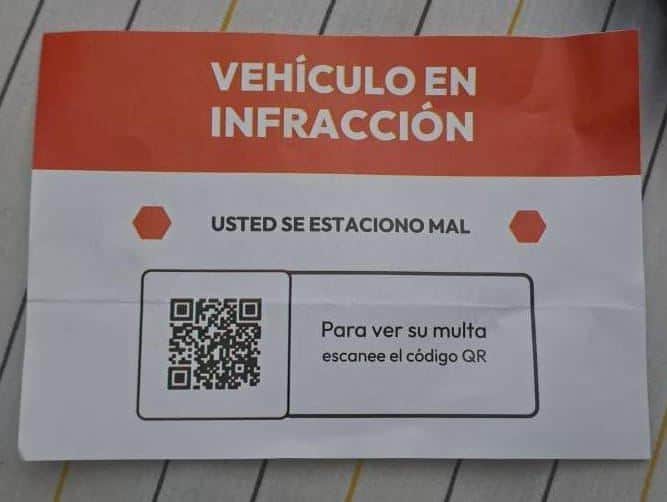
By scanning the QR code you are putting your personal and banking data at risk
Security forces in the Valencian Community have warned about a new scam that is aimed at drivers. These are false notifications of traffic fines that include a QR code to redirect victims to fraudulent pages.
These notifications have been detected in many different municipalities, with Valencian Local Police now issuing an explanatory statement to warn citizens.
The modus operandi of the scam
The fraud consists of placing a notice on the windshield of a vehicle with the headline statement ” Vehicle in violation ” and the message ” You parked wrongly.” It includes a QR code that supposedly directs the vehicle owner to detailed information about the fine or the method of payment.
Unfortunately, by scanning the code, users are redirected to a fake website that is designed to steal personal and banking data. Authorities have highlighted that this phishing system seeks to take advantage of the public trust in digital payment methods to commit crimes.
Warnings
Security forces are asking citizens to take extreme precautions. Among the recommendations issued are:
- Do not scan the QR code of suspicious notifications.
- Do not make payments or enter personal data on unknown pages.
- Tear up and discard these notifications to avoid misunderstandings or possible attempts to reuse.
- Contact your local police or Civil Guard to report the incident so that the authorities may investigate the origin of these frauds.
A scam that is expanding
Although the most recent scam started in Alboraia, this type of fraud has since been detected in many other Valencian municipalities such as Oliva and Benetússer , which shows that the scam is gaining ground.
This method joins other phishing attempts that take advantage of the widespread use of QR codes in everyday life.




